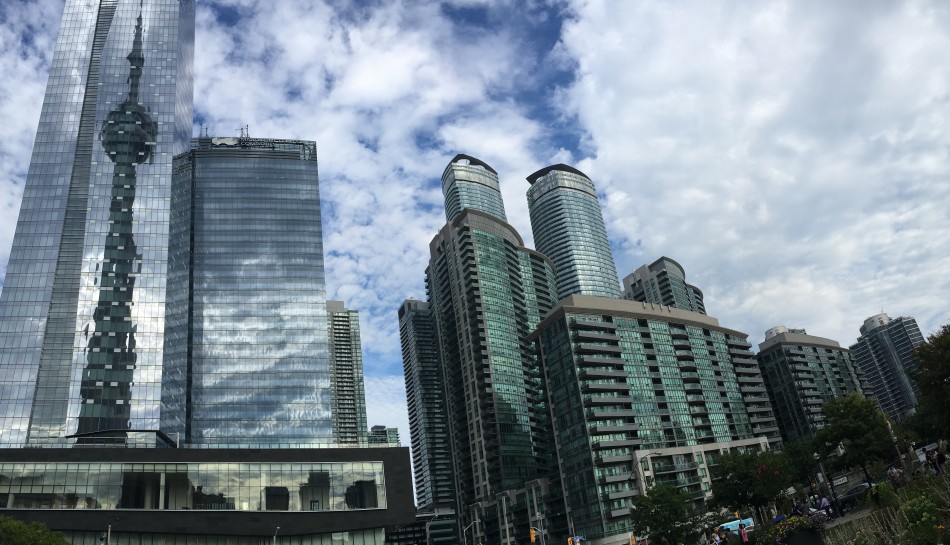New Brunswick begins reopening immigration programs
New Brunswick will finally begin opening its immigration streams, after a period of adjustment following notice from the federal government that the province would only be given 2,750 immigrant nomination spaces this year.
The 2,750 spaces will be split up between the New Brunswick Provincial Nominee Program NBPNP (1,500) and the Atlantic Immigration Program (AIP) (1,250).
In a press release on February 5, Jean-Claude D’Amours, acting Minister of Post-Secondary Education for the province, stated that the significant reduction in allocations for 2025 has forced the province “to make difficult decisions."
Comment mes employés étrangers peuvent-ils travailler légalement au Canada ?
Pour éviter d’avoir des démêlés avec les autorités canadiennes, vous devez vous assurer que tous les employés étrangers dont vous avez besoin pour travailler au Canada sont légalement autorisés à le faire.
Vous avez trois options principales :
- Exemptions de permis de travail ;
- Le Programme de mobilité internationale (PMI) ; et
- Le Programme des travailleurs étrangers temporaires (PTET).
How can my foreign employees legally work in Canada?
To avoid running afoul of Canadian authorities, you should ensure that any foreign employees you require to work in Canada are legally authorized to do so.
You have three main options:
- Work permit exemptions;
- The International Mobility Program (IMP); and
- The Temporary Foreign Worker Program (TFWP).
Ces industries ont les taux de rétention les plus élevés pour les titulaires de permis de travail qui deviennent résidents permanents
Les secteurs de la santé et de l’assistance sociale ont enregistré les taux de rétention les plus élevés de travailleurs étrangers temporaires (TET) qui deviennent résidents permanents, selon un nouveau rapport de Statistique Canada.
L’étude de Statistique Canada a révélé que le taux de rétention (le pourcentage de travailleurs étrangers temporaires qui sont restés travailler dans le même secteur après avoir obtenu la résidence permanente) variait considérablement selon les secteurs.
These industries have the highest retention rates for work permit holders who become permanent residents
The healthcare and social assistance sectors had the highest retention rates of temporary foreign workers (TFWs) who become permanent residents, according to a new report by Statistics Canada.
The study by Stats Can found that the retention rate—the percentage of TFWs who remained working in the same sector after having received permanent residency (PR)—varied dramatically across sectors.

















